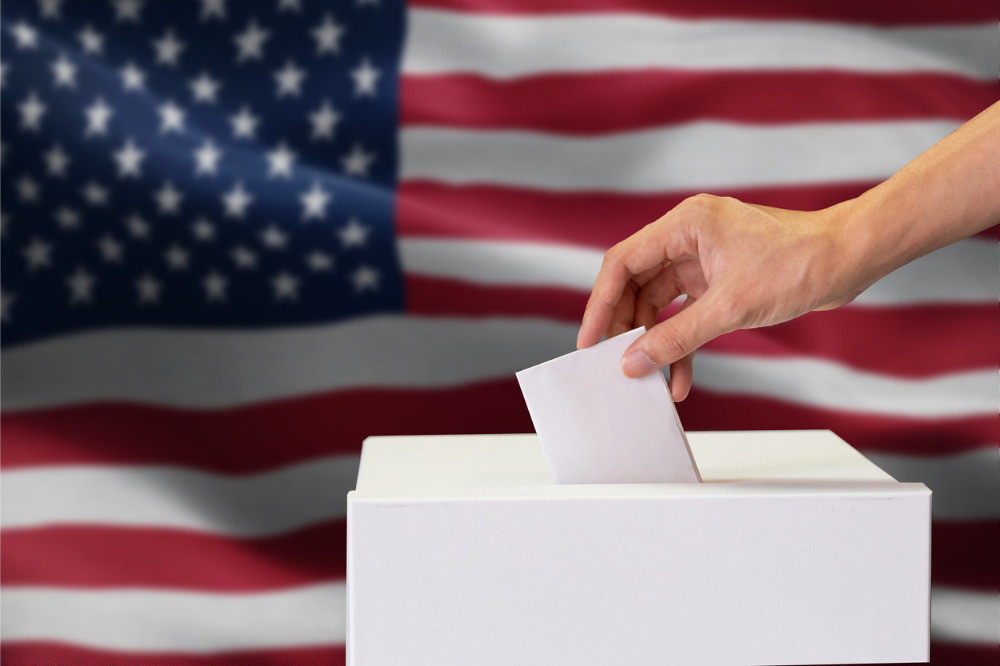It’s probably a good idea to talk about real estate before the country burns itself down, so let’s get to it.
Instead of factoring into the election, real estate instead provided part of its unimaginable backdrop. Despite the COVID-19-triggered recession and accusations from each candidate that his opponent would decimate the U.S. economy, the real estate and mortgage markets, driven by low interest rates and pent-up spring demand, experienced historic levels of activity. While cracks showed in American democracy, real estate built itself an impenetrable shell. It may be the perfect metaphor for the curated information bubbles most Americans live in.
According to NerdWallet’s Holden Lewis, real estate is typically unimpacted by Republicans’ and Democrats’ quadrennial war.
“People don’t pay attention to the polls or the election results when buying and selling homes,” Lewis says. “Those decisions are driven by where people are in their life cycles.”
But who winds up in the White House could have an effect on mortgage rates.
How long will borrowers keep flooding lenders with applications for purchases and refinances if rates start climbing? In a recent article, Lewis found that trying to predict how an election will affect mortgage rates, which he tells Mortgage Professional America “tend to enter sit-and-wait mode in the October of a presidential election year,” is easier said than done.
In 2000, the election that, because of its historic messiness, most resembles today’s, the 30-year fixed-rate mortgage remained steady in November, ranging from 7.73 percent to 7.79 percent. But it fell twice in December, once before and once after the Supreme Court decided the election in George Bush’s favor. The 30-year fixed rate was 7.13 percent at the end of the year.
But in 2004, the year Bush was re-elected, rates increased, from 5.64 percent the week before the election to an average of 5.81 percent the week ending December 2.
The 2008 election also offers some parallels, as it took place during the Great Financial Crisis. A week before Barack Obama was elected, the 30-year fixed rate was 6.46 percent. The week ending December 4, it had fallen to 5.53 percent. When Obama was re-elected in 2012, the 30-year fixed inched down from 3.39 percent prior to the election to 3.32 percent in the last week of November.
After Trump was elected in 2016, mortgage rates swelled from 3.47 percent to 4.08 percent by December 1.
“If there’s any advice to give,” Lewis writes, “it’s this: Don’t try to time the mortgage market based on the expected election results. You might be surprised not only by the winner, but by the market’s reaction as well.”
While Trump’s and Biden’s approaches to housing and real estate differ on several points, from their views on Fannie Mae and Freddie Mac to their plans for increasing housing supply, Lewis feels the most glaring difference is in their stances toward the Affirmatively Furthering Fair Housing Rule, a regulation that requires local governments to determine if their jurisdictions are home to housing discrimination.
“The Trump administration suspended the Obama-era implementation of the rule,” Lewis says. “Biden has said he would renew it.”

